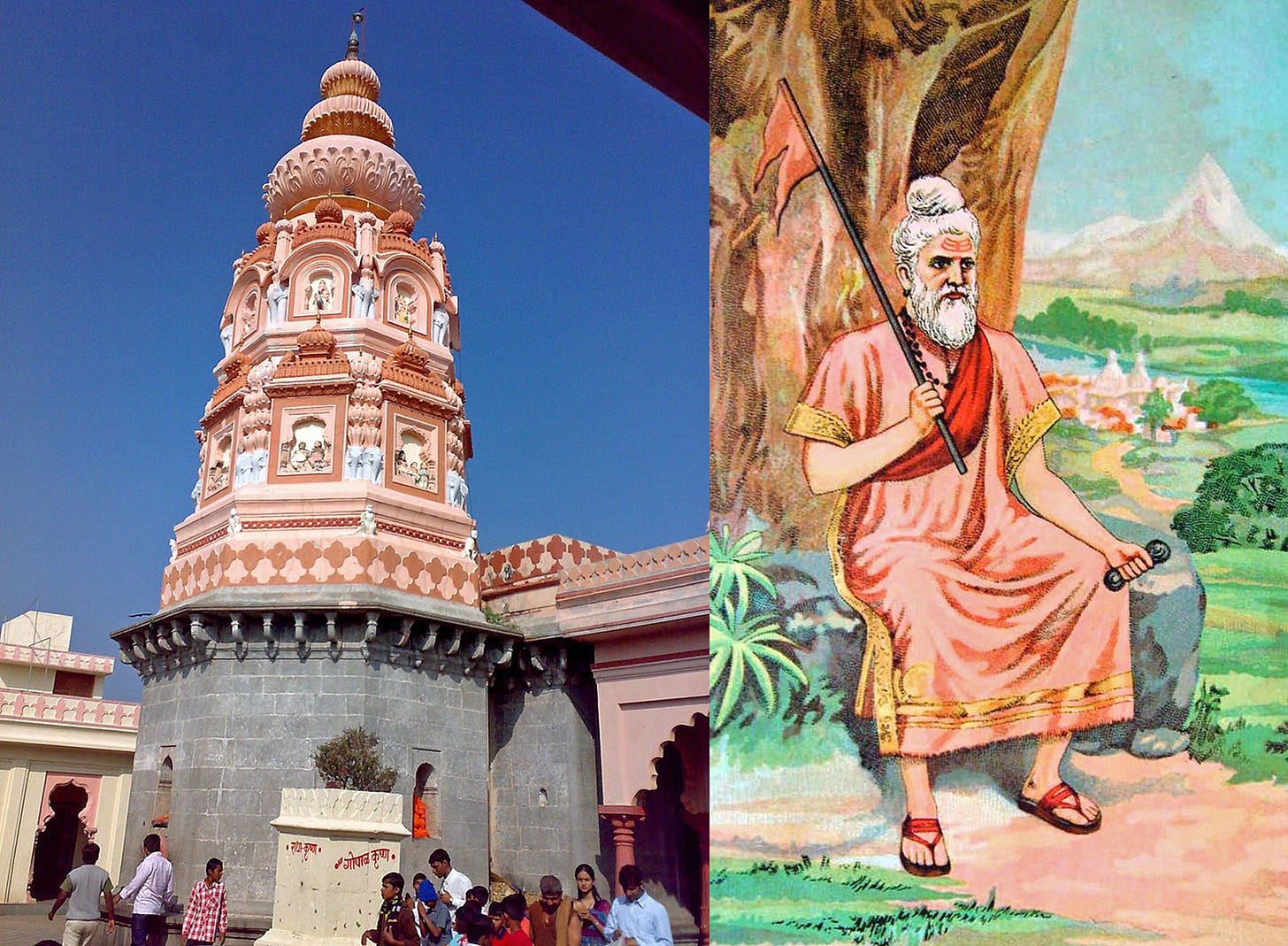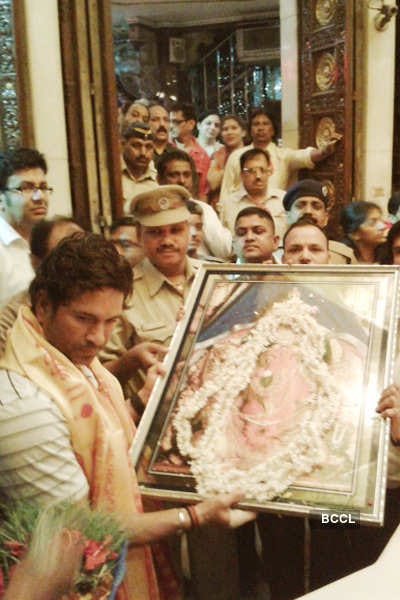Hello friends,
Today is Ganesh Chaturthi, a celebration of Lord Ganesha - the elephant-headed deity who is a symbol of wisdom, prosperity, and the remover of obstacles. This festival, however, carries more than just religious significance. In the late 19th century, Bal Gangadhar Tilak, transformed Ganesh Chaturthi into a public event, using it as a platform for political mobilisation against British colonial rule. By bringing people together under the guise of worship, Tilak ingeniously circumvented colonial restrictions on public gatherings, turning a religious celebration into a potent act of defiance and unity.
This week’s newsletter is about interesting stories about Ganesha. Grab a modak or two and enjoy this edition.
Things we learnt this week 🤓
The Mayureshwar Mandir, a temple near Pune that serves as both the starting line and the finish line for a religious marathon - the Ashtavinayaka pilgrimage. The pilgrimage involves visiting eight temples dedicated to Ganesha along the Western Coast of India. This particular temple isn't just any temple - it has some extra spiritual gravitas. It houses a shrine to a 13th-century saint named Morya Gosavi, who belonged to the Ganpatya sampradaya, a sect within Hinduism that focuses on worshipping Ganesha. Morya Gosavi is said to have performed miracles, the kind of thing that makes people sit up and take notice—like restoring sight to a blind girl. Pilgrims would chant “Ganapati Bappa Morya” upon entering the temple, paying respect both to Ganesha and to Morya Gosavi. They say elephants never forget and in this case nobody has forgotten the saint of the Elephants.
Here’s the story of (possibly) the most famous Ganesha temple in the world - the Siddhivinayak Temple in Mumbai. It begins in the 18th century with a woman named Deubai Patil, a childless and devout follower of Lord Ganesha from the village of Vadala. One night, Deubai had a vivid dream where Lord Ganesha appeared to her, not in his usual form, but as a child. He spoke with a gentle authority, instructing her to build a temple in his honour. For Deubai, this was not just a dream; it was a calling. Despite scepticism from her community, Deubai started the construction with her own resources, investing her wealth and spirit into the project. On November 19th, 1801, her dream materialised—the temple was completed. The idol of Lord Ganesha, crafted from a single rock, was unlike any other. Its trunk curved to the right, a rare feature that symbolises power and authority, marking the temple with a unique spiritual significance. Deubai's motivation was clear: she wanted the temple to be a place where barren women could find hope and blessings for a child, just as she had yearned for herself. And so, the Siddhivinayak Temple came to be known as ‘Icchapurti,’ the fulfiller of wishes. Rumour has it that Sachin Tendulkar drives down to the temple in the middle of the night to avoid crowds and maybe have a chat with his fellow divine friend.
Here’s a story all 90’s kids will remember:
In the early morning hours of September 21, 1995, something extraordinary happened. A priest in New Delhi, acting on instinct or perhaps in search of a miracle, offered a spoonful of milk to a Ganesha idol and to his astonishment, the milk seemed to vanish as if the stone deity had consumed it. Within hours, news of the “miracle” spread like wildfire: Ganesha was drinking milk. And just like that, a wave of wonder swept across the nation as people flocked to temples, lining up in long queues, eager to witness the miracle firsthand. Devotees came with stainless steel bowls, plastic cups, and anything else they could find, jostling for a chance to "feed" the idols. But, of course, reality has a way of asserting itself. The scientific explanation soon followed, and it was much more mundane than the miracle everyone wanted to believe. The porous stone and marble surfaces of the idols, combined with basic physics, explained the phenomenon: capillary action, which allows liquids to move through narrow spaces without the assistance of gravity, had caused the milk to be absorbed into the surface of the idols.
Sitaram Kesri, the labour minister in the Narasimha Rao government said that the event was not a spontaneous divine occurrence but rather a calculated ploy by the BJP to sway votes in the upcoming Lok Sabha elections. He alleged that the phenomenon was orchestrated by an organised barrage of late-night telephone calls to Hindu temples across India and the world, urging them to offer milk to their statues. The BJP emerged as the single largest party in the next elections in 1996 - you can say that they milked the Ganesha story.
From IWTK, with love 💌
All stars gathering to advertise a film - this isn’t an upcoming blockbuster but a children’s film from 1984.
Being caught by the police may lead to creative ideas. This happened to Paal Dabba.
Only In India Pakistan
This was too good to not share from our neighbours. The striker was expecting a two-footed tackle from a burly defender, but this - he was not expecting.
<3 IWTK









